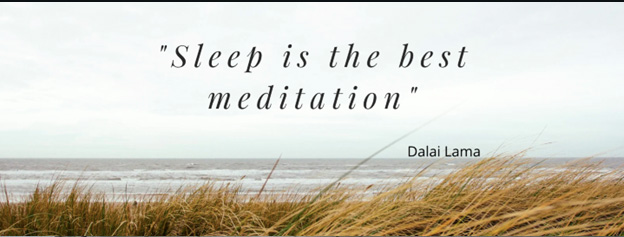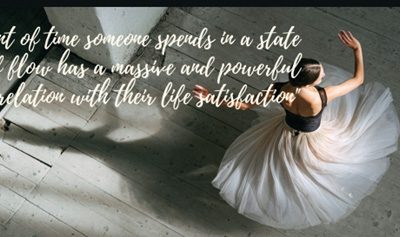Mastering the Art of Taking a Nap!
Have you ever felt that absurd tiredness, where your eyes start to close around 2:30 in the afternoon (or maybe at 4:00 PM if you’re in Mexico)?

Do you feel exhausted and stressed because you have a lot of work to do? After lunch, it’s natural to feel this way, especially if we eat few vegetables and a lot of carbohydrates. The scenario is disastrous! But there are other solutions besides what I’m going to talk about today.
Even when we have eaten balanced meals, after lunch, our concentration and cognitive ability decrease, and we feel tired. This is the perfect time to talk about the power of napping!
A nap is a powerful mechanism not only to rest and activate our full potential in the afternoon but also to improve our sleep habits for the night. Many people prefer not to nap because they feel it makes them slower or lethargic for the afternoon hours. Therefore, here are some recommendations to master the art of taking a restorative nap that boosts your performance in the afternoon.
First and foremost is balanced nutrition. If your midday meal is loaded with refined carbohydrates, no matter how many naps you take, your blood sugar levels will plummet about an hour and a half later, bringing about health problems. Additionally, it can trigger anxiety to eat more carbohydrates and extreme fatigue with almost no chance of full attention and concentration. The recommendation is to include many vegetables (50% of your plate), good protein (be careful! Red meats can induce more lethargy because they require more energy for digestion), and a combination of good fats and perhaps some starchy vegetables or grains (baked potatoes or a little brown rice).
Secondly, timing is key! A nap longer than 20 minutes can make you feel even more lethargic and tired because it can lead to sleep inertia, waking us up from a deep sleep cycle. In fact, experts say that longer naps may be related to a higher risk of cardiovascular problems or a decline in cognitive ability. The ideal is to take advantage of that moment of relaxation and enter a light sleep phase where brain activity decreases without reaching the deep sleep cycle. That’s when we maximize the restorative power of a nap. Therefore, the recommendation is to set an alarm for 15 or 20 minutes at most. Also, the ideal time of day for a nap is between 1 PM and 3 PM. A nap after 4 PM interferes with your internal clock (circadian rhythms) and can affect the most important sleep of all, which is the restorative sleep at night.
Thirdly, the conditions, the ideal setting. Room temperature is important; it is suggested to maintain a room temperature of 20 to 22 degrees Celsius. Additionally, a noise-free and completely dark space is preferred. But if it’s impossible to have these conditions at home or at work, my recommendation is to go with the flow. If there is noise, don’t fight it! Focus on the noise of the car or the neighbor’s hammering. When we surrender to the noises without thinking that they won’t let us sleep, we eventually fall asleep. And even if we don’t, at least our minds focused on something simple, taking a break from work problems, and when you return to your tasks, your brain will be clear and ready to go.
Carving out time in your schedule for a nap can be a game-changer, improving many aspects of your life, from productivity to creativity (which is crucial for our performance), and enhancing your circadian rhythms for better sleep habits and better health!
Companies like Google have implemented spaces and furniture ideal for these moments. But not only that, some companies have transformed their organizational culture into one focused on well-being, creating time slots in their employees’ schedules for napping to become part of the daily routine. These kinds of actions promote well-rested employees with greater cognitive ability for decision-making, making them happier and more grateful. Once again, I emphasize the importance of designing a well-being plan that drives changes in the company culture so that people’s health doesn’t depend on occasional actions but sustainable guidelines over time.
Sweet dreams!
Blogs
World Sleep Day
World Sleep Day: To Save Everything from Marriages to High-Performance TeamsAnother day we give a name to, to remind ourselves of something that should be remembered every day: the importance of sleep and rest in our routines. There's much to discuss about sleep, but...
What pace are you keeping up with: the company’s pace, or your family’s pace?
What pace are you keeping up with: the company's pace, or your family's pace? I attended a leadership conference where the topic of the leader´s pace was discussed. In an increasingly fast-paced world, we've bought into the idea that the faster we run, the more...
Self-care, far from being a selfish act…
Self-care, far from being a selfish act...We have been talking about exhaustion, stress, the importance of sleep, and previously about nutrition and movement... all pillars of well-being.We have concluded that without habits that directly impact these pillars, it is...
Health + Mental Well-being = Flourishing!
Health + Mental Well-being = Flourishing!Health, is it the absence of illness? Mental health, could it be the absence of mental illnesses?The correct answer should be no! The World Health Organization defines health as follows: "a state of complete physical, mental,...
States of – “FLOW”
States of - "FLOW"Have you ever felt in a state of maximum productivity? A moment where everything flows, your ideas, your ability to concentrate, time flies by, and yet minutes pass and you don't even realize it.That's called the state of flow or FLOW, moments where...
“With What Do We See? With the Eyes, or with the Brain?”
"With What Do We See? With the Eyes, or with the Brain?"Since we were children, our mothers have insisted on us eating tomatoes and carrots for healthy eyes and vision.And it's that visual health has accompanied us since we were children, with occasional visits to the...






